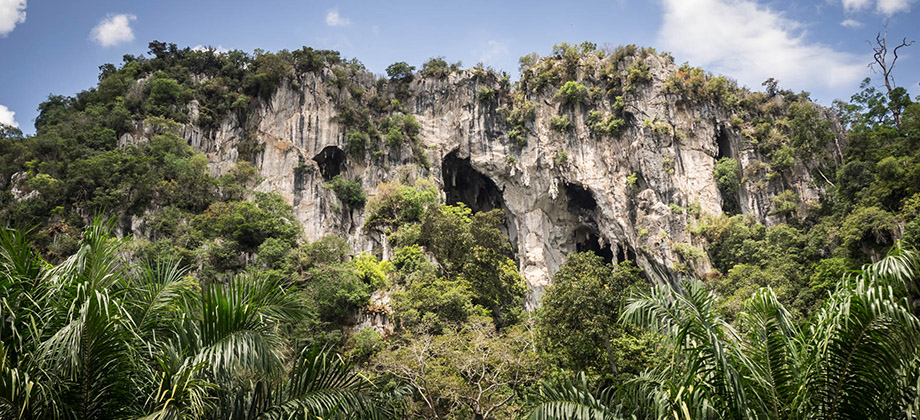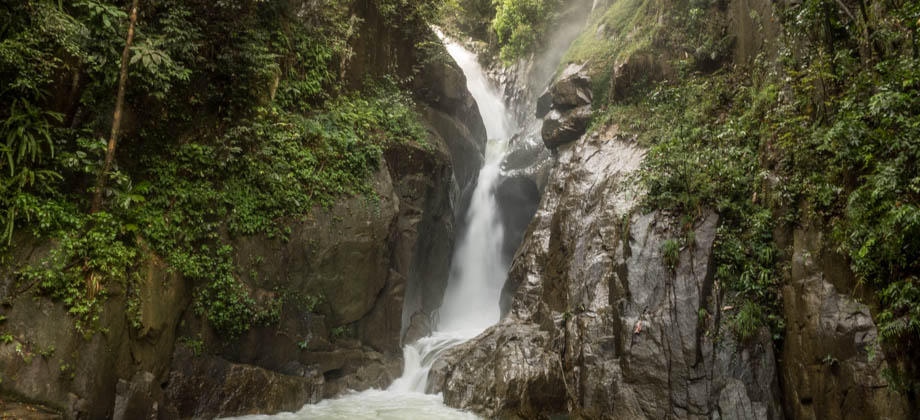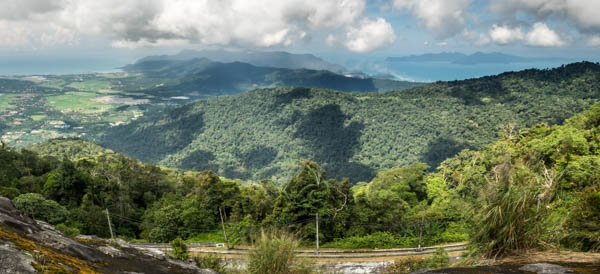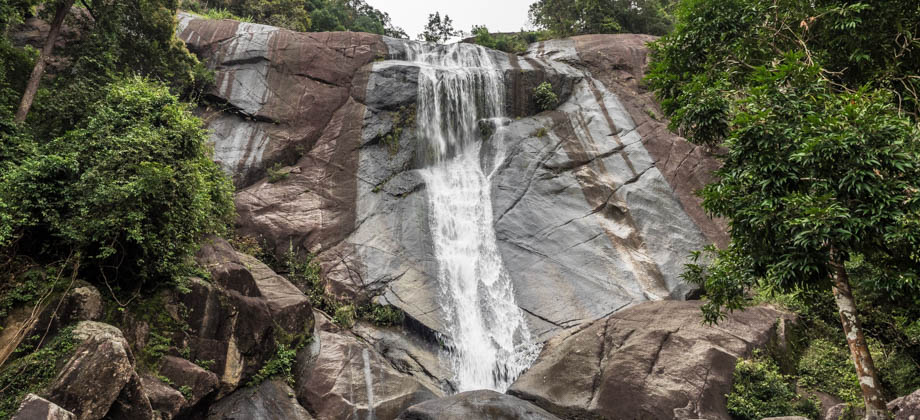February 28, 2018
Posted by ramon in Broadleaf Rainforests, Camping, Caves, Caving, IUCN Protected Category 5, Malaysia, Pahang, Tropical Rainforest
Malaysia
0
0
December 1, 2017
Posted by ramon in Broadleaf Rainforests, Class 1, Day Hike, Hiking, IUCN Protected Category 6, Malaysia, Selangor, Waterfalls
Chiling Waterfall
Chiling Fish Sanctuary was established by the Selangor Fisheries Department in 2005 in order to create a protected area for several species of carps (family Cyprinidae), including the Malayan mahseer (Tor tambroides), known as 'Ikan Kelah' in Malay, and the near-threatened Copper mahseer (Neolissochilus hexagonolepis), or 'Ikan Tengas'. Both these fish fetch very high market prices (the 'Empurau' for instance Read more0
November 18, 2017
Posted by ramon in Broadleaf Rainforests, Camping, Class 4, Day Hike, Forests, Hiking, Kedah, Malaysia, Mountains, Tropical Monsoon, UNESCO
Langkawi's Giants
Langkawi is occasionally referred to as 'Malaysia's Legendary Island' due to the many legends that surround its sights. The legends that visitors to the island are most likely to encounter are Mahsuri's seven-generation curse and the fairies of Telaga Tujuh waterfall. There are far more, however, one of which is the legend of Langkawi's ancient geological formations. Legend has it that the mountains of Langkawi used Read more0
July 7, 2017
Posted by ramon in Broadleaf Rainforests, Kedah, Malaysia, Tropical Monsoon, UNESCO, Waterfalls
Waterfalls of Langkawi
Telaga Tujuh Waterfall is Langkawi's most well-known waterfall. The waterfall's name means "Seven Wells" in English, and is derived from a series of seven interconnected pools that are located on its upper level. The waterfall is located on the slopes of Mount Mat Chinchang and lies along a demarcation area between the Machinchang Formation, which consists mainly of sandstone and shale, and Mount Raya Read more0
Langkawi
Langkawi is an archipelago in the Andaman Sea that consists of more than a hundred islands that are blanketed in 10-million-year-old rainforests and smatterings of barren rock that poke through the vast tree canopy. The rock formations that can be found here consist mainly of hard granite that make up the spine of the main island and give rise to both Mount Raya (elevation : 881 m) and Sawar Hill, as well as much older Read more11
July 1, 2017
Posted by Ramon in Broadleaf Rainforests, Climbing, Malaysia, Selangor, Tropical Rainforest






